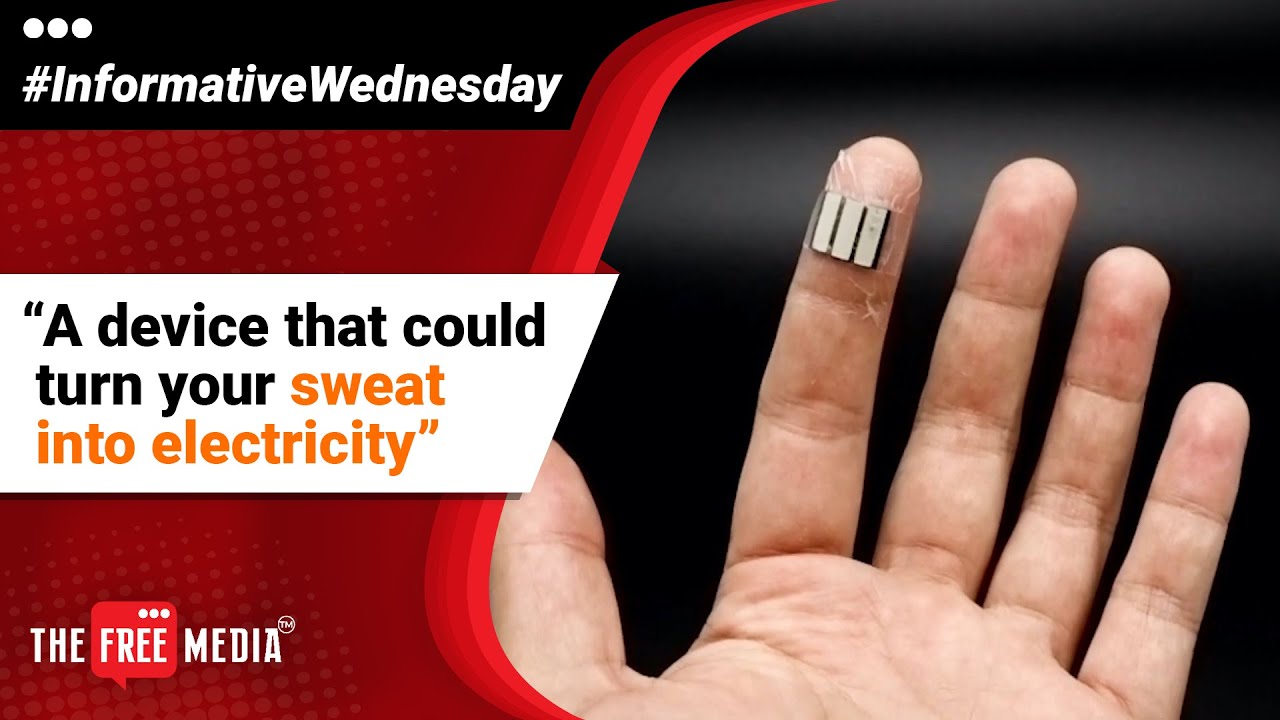Introduction
Healthcare systems are forwarding with modern approaches by deploying innovative solutions to provide better and faster healthcare services. AI has promised cheaper, and more reliable healthcare services globally, and open source communities are working tirelessly to provide solutions to the medical industry.
Healthcare is leveraging augmented reality and virtual reality with artificial intelligence and machine learning models to provide faster healthcare services.
Table of Content:
- Modern Needs of Healthcare Infrastructures
- Why Edge Computing in Healthcare Infrastructures?
- Future of Edge Computing in Healthcare
- Conclusion
Modern Needs of Healthcare Infrastructures
In cases of emergencies, every second is essential, hence AI and ML healthcare innovations should be capable of providing real-time or next-to-real-time processing to deliver effective and usable outputs.
Some forms of medical data created like images are as large as 6GB and clinicians need to monitor multiple images to predict conditions accurately. These images are read and rendered on screen, hence it is not possible to shift them over the cloud to for processing. Neither will it be costly, but also be ineffective in cases of emergencies.
To overcome the issue, practitioners and developers are utilizing edge commuting to get faster outcomes. With edge computing, the contributors are able to provide cheaper and easier healthcare deliveries.
Why Edge Computing in Healthcare Infrastructures?
Edge computing is a critical concept in the data delivery eco-system. In Edge Computing, the data produced by devices is stored and processed at an edge server or gateway located at the edge of the network. The source of the data can be heart monitoring devices, a smartwatch calculating pulses, glucose monitors or blood pressure meters, etc. The data is then sent to cloud platforms for storage.
The Edge computing strategies for healthcare focus on clinical decision support (CDS) to have a patient-specific computation. Many healthcare sectors have evolved over the past few years with this concept and devices are being built with computable hardware and applications.
By deploying edge computing in medical devices, the data is processed in real time and can be sent to a dedicated destination for manual analysis. For instance, a wearable device can be used to monitor the vital components of a patient and can send alerts in case of any undesirable activity. It can help medical staff to take necessary action on time to save patient’s life. With the help of augmented reality and virtual reality along with edge computing, medical practitioners can also monitor patients’ status from remote locations and take action at right time.
Future of Edge Computing in Healthcare
Edge Computing is still in its early phase in healthcare. If deployed with 5G, edge computing can show significant enhancements in healthcare innovations. It will help hospitals with a decentralized data infrastructure improving actionable patient monitoring for cardiac pacemakers, defibrillators, and insulin pumps, etc. in remote areas. It will help stakeholders analyze and monitor data in real-time reducing fatalities due to data latency.
Conclusion
Edge Computing is enhancing healthcare innovations significantly. It minimizes the processing time by saving data transmission time between data sources and cloud or on-premise data centers. With the increase of IoMT, and other AI and ML models being used in medical practices, the amount of data generated by these devices has increased massively. By deploying the edge computing paradigm, hospitals and medical practitioners can utilize this data effectively to provide accurate medical facilities efficiently.












